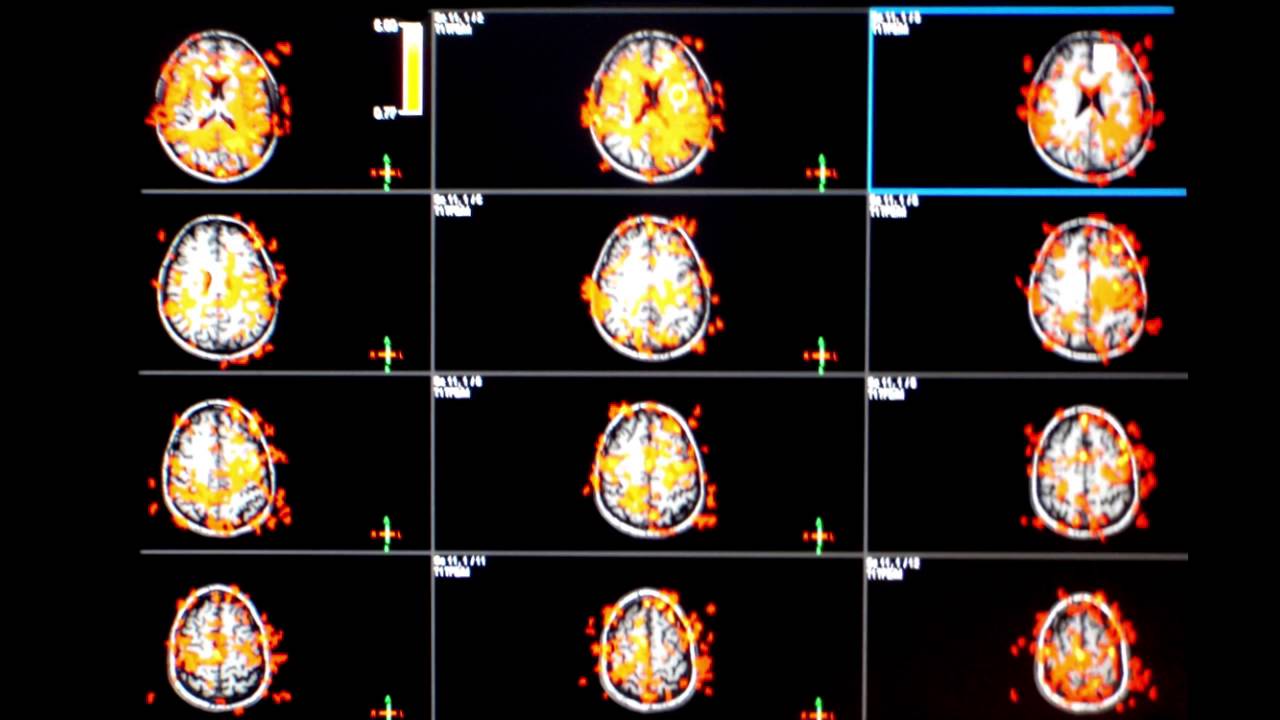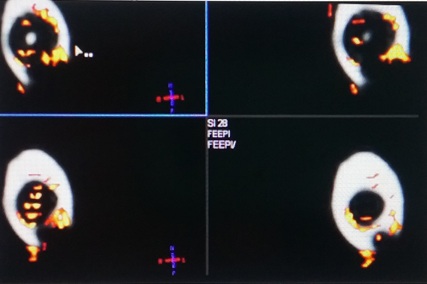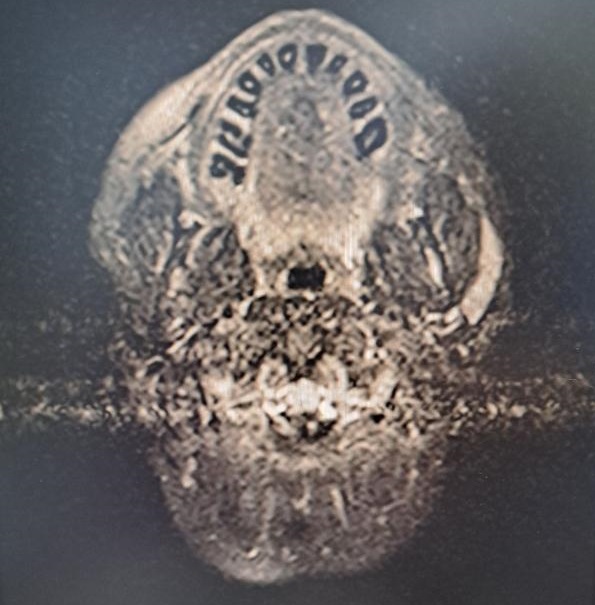Magnetic resonance imaging (MRI) has been used to study brain activity during exceptional experiences, such as meditation, telepathy and energy healing. These devices may also be affected by human intent and, most intriguingly, may enhance well-being and mood.
“Exceptional experience” is used in Parapsychology and Transpersonal Psychology to describe highly unusual or out-of-the ordinary experiences, including mystical experiences, unusual death-related experiences, telepathy, psychokinesis, precognition and astral projections – where the individual experiences a perception or displays an ability beyond the normal range of the human senses/body.
Dr. Wagner Alegretti, Science Director at the International Academy of Consciousness, was curious whether an MRI could detect bioenergy, which is the subtle energy associated with consciousness and healing. In a series of experiments, Alegretti used functional MRI (fMRI) to study the brain state during two types of exceptional experiences, 1) Voluntary Energetic Longitudinal Oscillation (VELO) meditation, and 2) the vibrational state (VS). VELO, developed by Nanci Trivellato, involves moving the bioenergy of the body up and down in a rhythmic manner, which can trigger astral projections. The VS is an intense energetic activation of the body characterized by a distinct sensation of vibration through the entire body. It is usually associated with the “take off” phase of an out-of-body experience (OBE). Both of these experiences are thought to involve the subtle energies of the body.
fMRIs are a modification of a regular MRI machine. Whereas MRIs simply show the structure of the brain, fMRIs can record ongoing brain activity – by detecting increases in blood flow in activated areas of the brain. In his experiments, Alegretti found a significant blood oxygen-level dependent (BOLD) fMRI signal during VS, but not during VELO. Here is his figure with increased fMRI signal during VS, depicted by the intensely colored areas.

Alegretti believes that this signal may reflect the intense bioenergy of VS. Is this evidence for an exceptional experience in a MRI? Possibly. But movement artifacts in fMRI have been found to produce a similar signal, and VS is characterized by subtle physical movement. In two other experiments, he projected energy outside his body, including into an egg and a liquid, and these experiments are much more convincing, and suggest that bioenergy may be objectively detected by fMRI. Below is the BOLD signal in an egg that Alegretti emitted energy into. The signal is absent in a fMRI of a control egg.

A study by Smith and Messier (2014) mapped the brain areas during an OBE using fMRI, finding that voluntary OBEs activate kinesthetic areas of the brain, but not the visual cortex. They describe OBEs as an “unusual type of kinesthetic imagery”. There was no mention of possible bioenergetic movement outside the body in this study. Hopefully, investigators will follow Alegretti’s lead and look for unusual fMRI signals, suggestive of bioenergy.
On another note, it is well-known that humans can affect electronic devices – perhaps they can affect the MRI imaging process? A massage therapist/ Reiki healer in Colorado recently had a structural MRI. During the MRI, she emitted healing energy as she lay in the machine. Later, her doctor found artifacts in her MRI images. Here is a MRI she shared with me:

The lines across the image are “zipper artifacts“, which investigators attribute to stray radiofrequencies in the imaging room. The human body does emit radiofrequencies. Perhaps she created this artifact with her energy emission? For her, it was an exceptional experience in the MRI. Hopefully, others will be curious enough to try “messing around” with the MRI machine as they receive a scan and create a MRI exceptional experience of their own!
Deb mentioned to me that one of her clients had felt energized after her MRI scan. If someone has a depleted bodily magnetic field, the magnetic field of the MRI may be healing and restore some natural energy.
During a MRI study of bipolar depressed patients, doctors discovered that 77% of the patients felt significantly better after the MRI scan. According to the researchers, one severely depressed woman left the scanner laughing and joking. Another woman happily asked a researcher, “What did you do to me?” Dr. Bruce Cohen, Professor of Psychiatry at Harvard Medical School speculated that electromagnetic fields generated by the scanner could nudge a depressed brain back toward normal. Depressed patients should seek out an exceptional experience in a MRI, if they can.
The ability of Wagner Alegretti and the Reiki healer to affect the output of a MRI machine may be examples of psychokinesis, that is, the mind’s ability to alter or affect matter or spacetime. The increased energy or enhanced mood of patients after a MRI are examples of what modern medicine cannot yet explain. Both types of experiences are unexpected – beyond the ordinary – and may be considered an exceptional experience in a MRI.
References
Alegretti, Wagner (2020) Bioenergy and vibrational state detection via fMRI: preliminary results and analyses. AutoRicerca 20: 123-153.
Smith, Andra, and Claude Messier (2014) Voluntary out-of-body experience: an fMRI study. Front. Hum. Neurosci., Sec. Sensory Neuroscience, Vol. 8.
